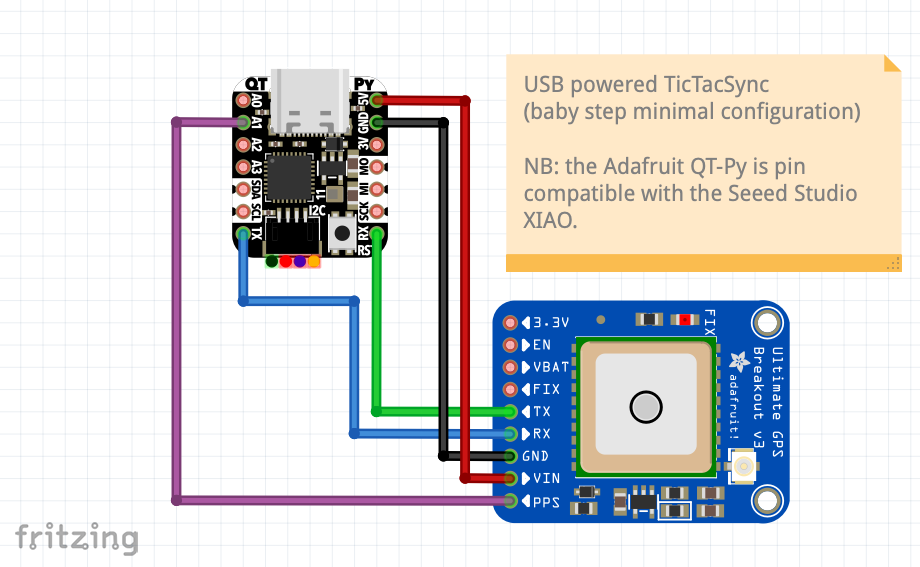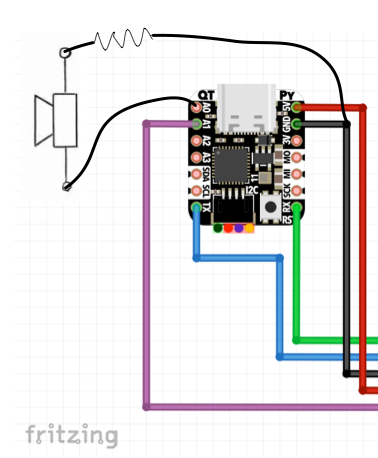Flashed
I’m encouraging people to build their own units but concede that not many cinematographers have time to tackle such a project.
Sure, you can get up to speed but I think the most brittle step of the process is flashing the SAMD21 board. You need to:
- Install the Arduino IDE;
- in the Arduino IDE, add third-party boards from the new board vendor server;
- install the libraries used by my script (RTCZero and MicroNMEA);
- plug in the board and make sure the board serial port is visible by the Arduino IDE;
- flash the script (
Uploadit in Arduino parlance); - quite often, the board freezes up during the upload process: the serial port won’t show up anymore: you’ll have to reset the board following the manufacturer instruction to restart the bootloader for the SAMD21 XIAO.
All those are NOT trivial steps for newbs: this will be a support nightmare… So I’m offering preflashed boards on tindie.
Eventually, whole timecode units will be available… but you better heat up your soldering iron… Starting all this, I didn’t even wanted to sell devices, but this project isn’t picking up steam so I’ll make some TicTacSyncs to gather interest from the relevant communities (editors, sound engineers, one man crew).
But for now all I have to offer is this preflashed micro-controller board. I’m doing this in my spare time: I have a full time teaching job, three kids, a wife and two cats… and at the same time learning embedded programming, learning git, some DSP, maintaining this site, etc… Help welcome!
Baby steps
So you’re here, you’ve got your SAMD21 and GPS boards and wanna see some action quick? Here’s the minimal cabling necessary to check all is working:

Plug your SAMD21 board to your computer USB and follow those instructions at Sparkfun on how to listen to the serial port. TicTacSyncs use a rate of 115200 bauds: set this value somewhere on your communication application. When the GPS acquires a fix, you should see the output shown on this video: TicTacSync on USB serial port.
Please note: indoor (and depending on cloud cover) Time to first fix (TTFF) can take up to seven minutes. To shorten this wait time, most boards have a coin cell holder to maintain the memory backup of last visible satellite positions, time and lat-long position. I highly recommend to put one in for your first tests, hot fixes are only a few seconds then.
To ear the signal produced by the analog output on A0 simply wire a small in-ear headphone capsule. Check before the value of the current limiting resistor: single SAMD21 output can’t source more than 10 mA (total 300 to 400Ω should be OK)

If you plan to plug it into a camera mic input, you’ll need to build a passive attenuator. I use a simple “L” configuration with a 10k and a 10Ω for a 1000:1 ratio (-60dB). A0 has a DC component of 1.6V (-57dBu if attenuated) that is filtered out by low cut filters present on (all?) audio inputs. Don’t fry your precious equipment because of this presumption, though… See this discussion.